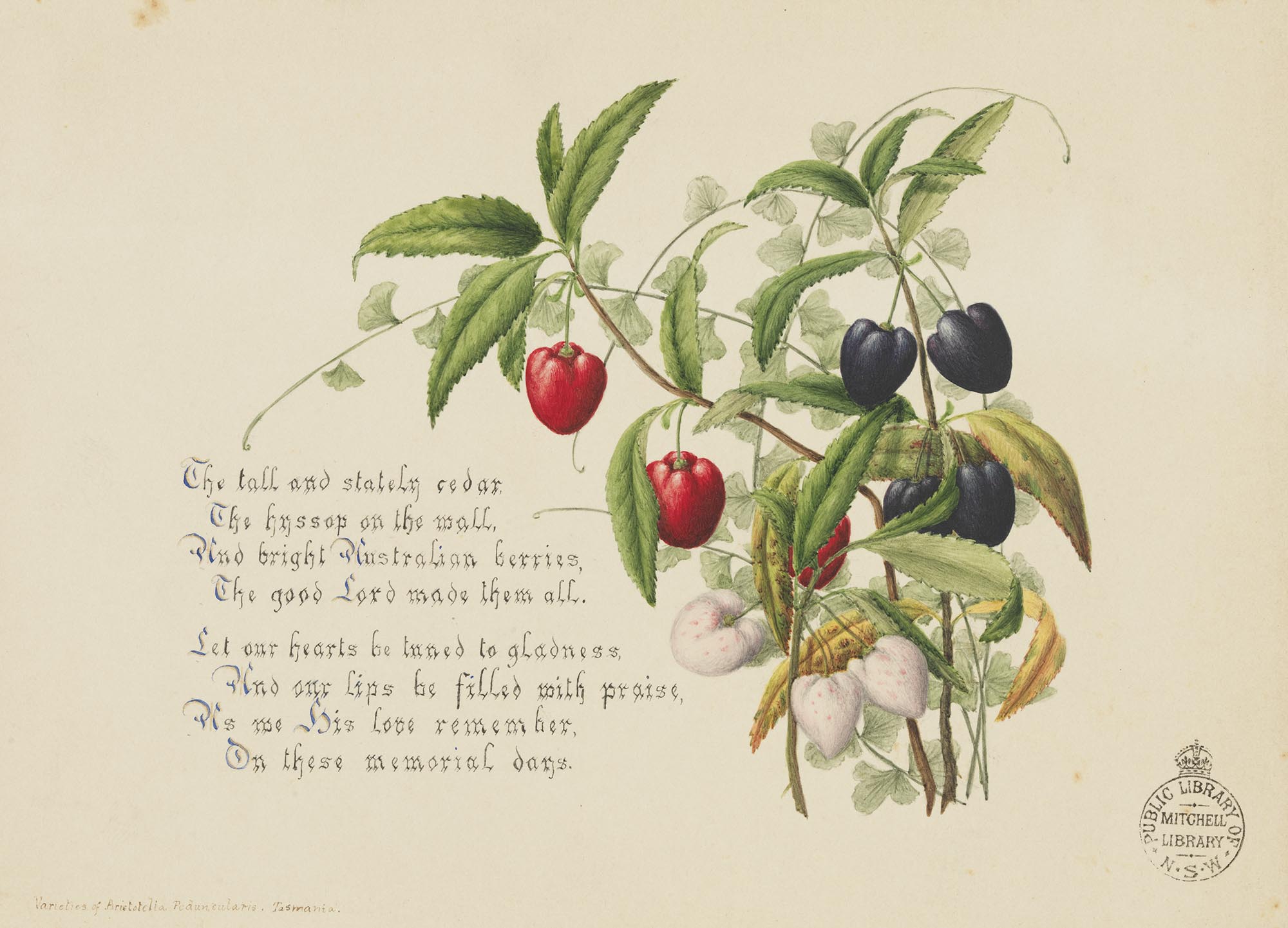The practice of sending Christmas cards
By Margot Riley
The practice of sending Christmas cards did
not become common until after the mid-Victorian revival of the holiday was
spearheaded by Charles Dickens’ novel, A
Christmas Carol. First published in December 1843, the story was written at
a time when the British were re-enacting many of the nostalgic Christmas traditions
of the past which continue to influence Christmas celebrations in Western
culture today
The greeting 'Merry Christmas' was
popularised following the release of the book, and other new customs also began
to appear such as Christmas trees and Christmas cards. One of the first
Christmas cards was commissioned in 1843, by influential English entrepreneur,
Sir Henry Cole, who is credited with the notion of sending greetings cards at
Christmas time. Of the one thousand cards lithographed from these first designs,
just a dozen are known to survive; one of the first sent was sold at auction in
2001 for the record price of £22,500.
In 1873, the lithograph firm Prang and Mayer
began creating Christmas greeting cards for the commercial market in England,
spreading to America in 1874, and becoming the first printer to offer cards.
Early Christmas cards rarely showed winter or religious themes, instead
favouring flowers, fairies and other fanciful designs that reminded the
recipient of the approach of spring. Humorous and sentimental images of
children and animals were also popular, as were increasingly elaborate shapes,
decorations and materials.
Changes in technology, however, such as the
telephone and email, have seen the decline of the Christmas card in recent
decades.
Entry no. 183
By Margot Riley
Miss
Emma Mather of Hobart (Tas.) received a £10 second prize for entry no. 183,
which may have been her botanical design with accompanying verse for ‘The tall
& stately cedar...and bright Australian berries the Good Lord made them all…’
(PXA 648/22; a8855041)



 Back to list
Back to list